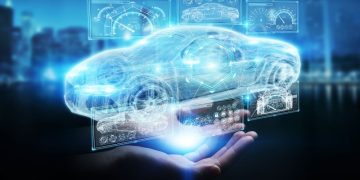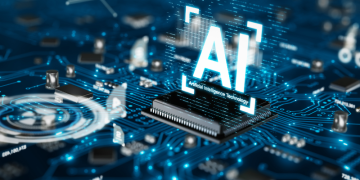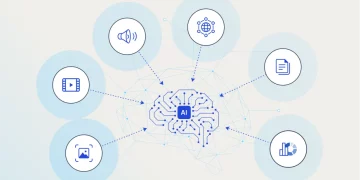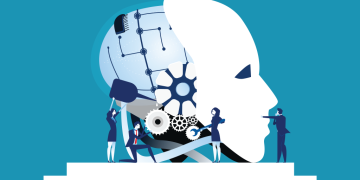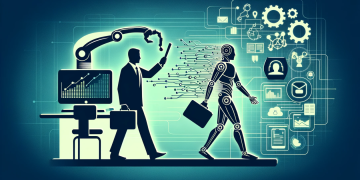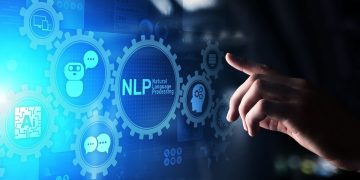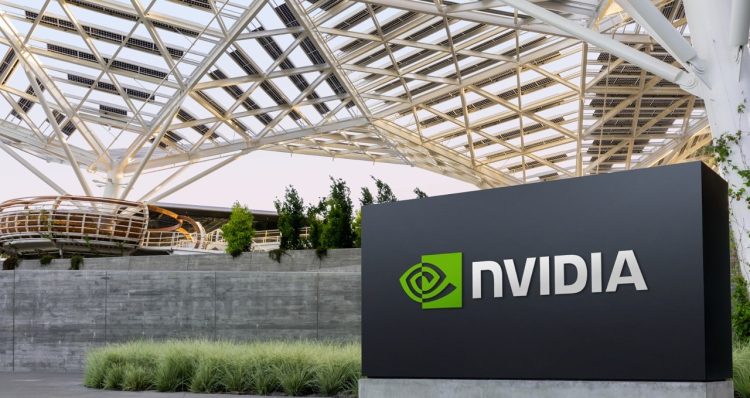OpenAI: From Research Lab to Platform Empire
In 2025, OpenAI has evolved from a non-profit research lab into a commercial platform powerhouse. Its flagship product, ChatGPT, is no longer just a chatbot—it’s a full-scale ecosystem for users, developers, and enterprises.
- The GPT Store allows developers to publish and monetize custom AI apps and assistants.
- Its deep integration with Microsoft Azure gives it massive compute access and enterprise reach.
- With Custom GPTs, businesses can fine-tune models without writing a line of code.
OpenAI is shifting the AI competitive game from building large models to owning the entire application and distribution stack.
Google and Gemini: Rebuilding AI Into Every Product
Google has consolidated its AI efforts under the Gemini brand, integrating powerful multimodal models into all core services:
- Gmail, Docs, Android, and Search are now enhanced with AI-native functionality.
- Gemini Nano powers on-device intelligence for privacy-preserving mobile experiences.
- Through Google Cloud, developers and businesses can build with Gemini APIs.
Google’s advantage lies in massive data access and a tightly integrated consumer ecosystem. Its strategy blends proprietary innovation with broad accessibility for enterprise AI adoption.
Microsoft: Building the AI Operating System for Work
Microsoft has embedded AI into every layer of its enterprise software stack:
- Copilot AI assistants are now standard across Office 365, GitHub, Teams, and Dynamics.
- Azure AI services deliver infrastructure for startups and Fortune 500 companies alike.
- Through investments in OpenAI, Mistral, and other players, Microsoft diversifies its model access.
Rather than building one dominant model, Microsoft aims to be the default enterprise AI environment, shaping how organizations deploy, customize, and scale AI safely.
Amazon: AI Infrastructure and Ambient Intelligence
Amazon is reimagining its AI presence via two major vectors:
- Alexa 2.0: A next-generation voice assistant rebuilt with generative AI for contextual reasoning.
- AWS Bedrock: A platform offering access to multiple foundation models, including Amazon Titan and partner models like Claude and Mistral.
Amazon’s power lies in scale and infrastructure—dominating cloud AI services while embedding AI into retail, logistics, and smart home ecosystems.
Meta: The Open-Source Challenger
Meta is aggressively promoting open-source AI as a counterweight to closed models:
- LLaMA 3, released in 2025, is a powerful open-weight model available for free to researchers and developers.
- Meta integrates AI deeply across Facebook, Instagram, WhatsApp, and its AR/VR platforms.
- By embracing openness, Meta builds community loyalty and decentralizes AI access.
This approach helps Meta shape global AI discourse while accelerating innovation outside traditional corporate boundaries.

NVIDIA: The Engine Behind the AI Revolution
NVIDIA is the backbone of the AI industry—its GPUs power nearly every major model:
- DGX Supercomputers support training at unprecedented scale.
- CUDA, cuDNN, and NeMo frameworks make it easier to deploy AI efficiently.
- NVIDIA is moving up the stack, offering domain-specific AI platforms for robotics, healthcare, climate science, and digital twins.
In 2025, NVIDIA isn’t just a chip company—it’s a full-stack AI infrastructure provider, shaping how and where intelligence is built and deployed.
Tesla & xAI: Vertical AI for the Real World
Tesla and Elon Musk’s xAI are redefining AI’s role in physical systems:
- Dojo supercomputers train vision-based models for autonomous driving.
- FSD (Full Self-Driving) is evolving into an end-to-end AI agent.
- Grok, xAI’s chatbot, is integrated into the X platform (formerly Twitter), using real-time social data for training.
Their focus is unique: real-world AI for vehicles, robots, satellites, and manufacturing—not just digital assistants or enterprise software.
Emerging Players: Decentralized and Sovereign AI
The AI landscape is also being shaped by smaller, focused challengers:
- Anthropic (Claude) emphasizes AI safety and constitutional alignment.
- Mistral (Europe) builds lightweight, efficient open models for enterprise use.
- Baidu, ByteDance, and Alibaba are pushing generative AI across China with heavy government involvement.
- Southeast Asia and the Middle East are developing sovereign AI infrastructure for regional control and independence.
As global regulatory frameworks tighten, control over data, compute, and AI governance becomes a competitive advantage.
The New Competitive Rules of AI
The AI market in 2025 is governed by new rules:
- Speed to product beats scale of research.
- Platforms and ecosystems matter more than isolated models.
- Trust, safety, and compliance are no longer optional.
- Owning user interaction layers is key to long-term dominance.
Companies that adapt quickly, integrate deeply, and act responsibly are not just winning customers—they’re writing the next chapter of AI itself.





